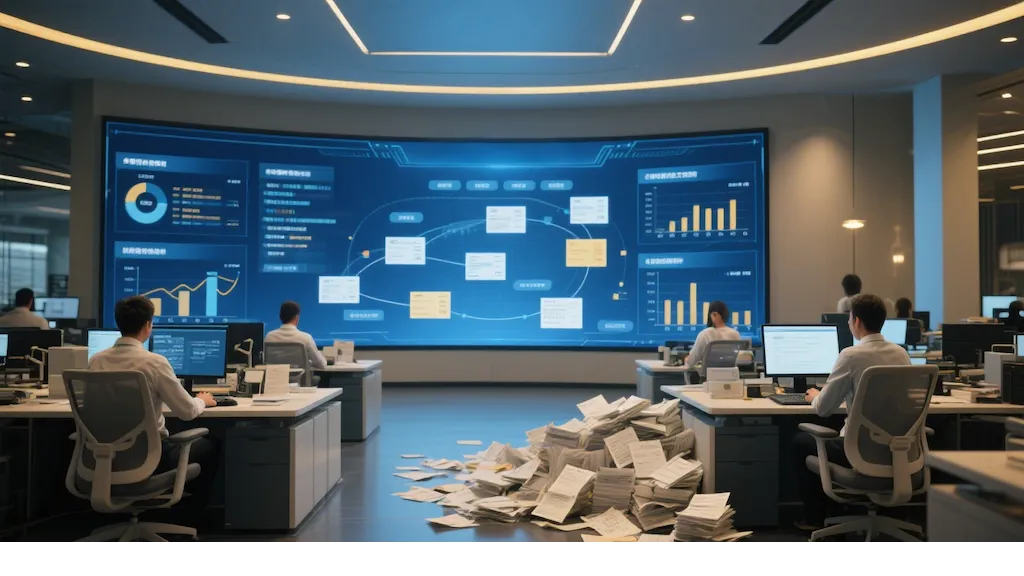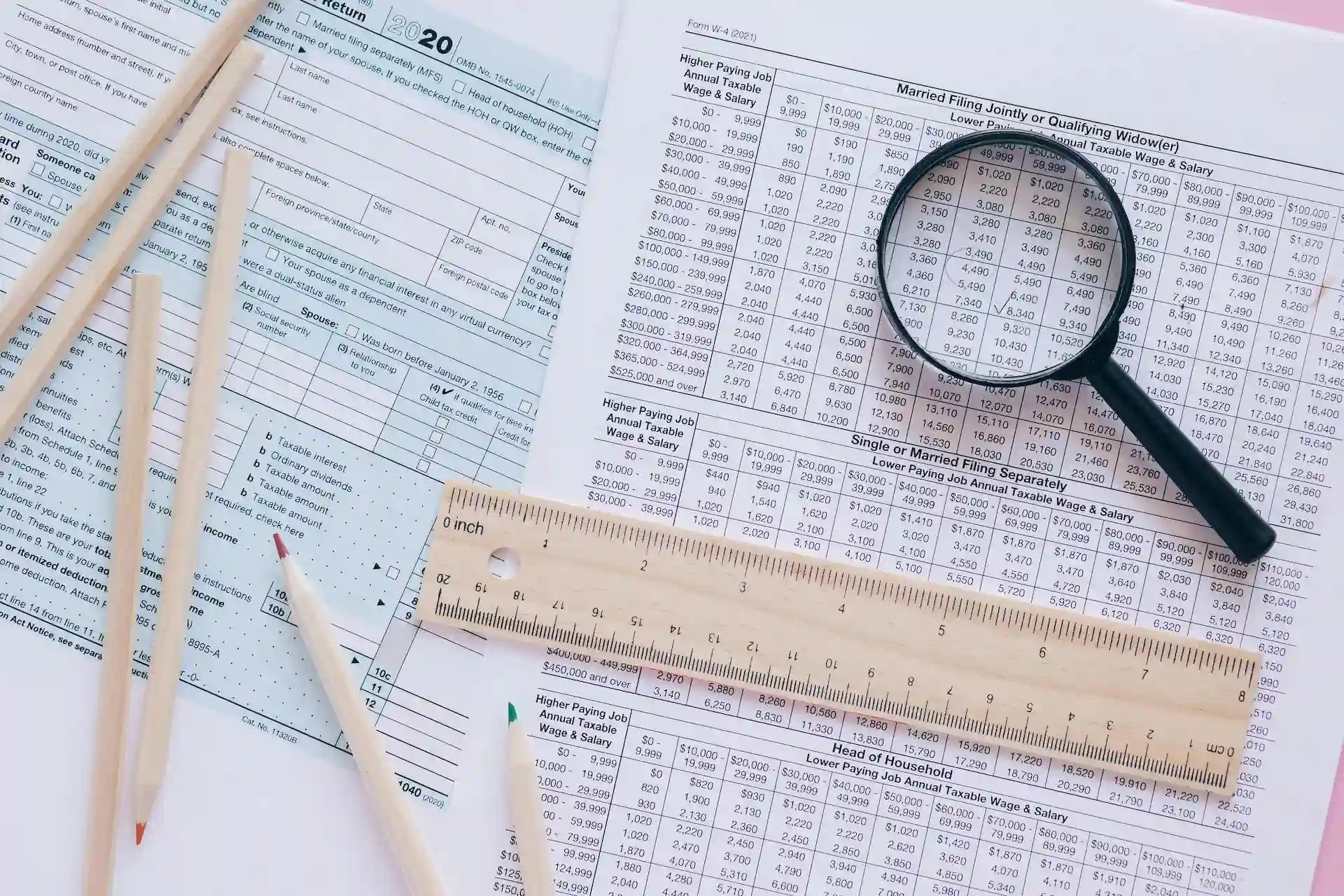
Intelligent Document Processing: unlock value of enterprise data
Powered by advanced OCR, NLP, and LLMs, Laiye IDP is equipped with six core capabilities. Unstructured data are utilized to boost efficiency.

Intelligent Document Processing: unlock value of enterprise data
Powered by advanced OCR, NLP, and LLMs, Laiye IDP is equipped with six core capabilities. Unstructured data are utilized to boost efficiency.

What is Robotic Process Automation (RPA)?
✓ Understand instructions better through natural language
✓ Make decisions with AI insights based on collective data
✓ Organize and execute tasks securely with more precision

What is Intelligent Document Processing (IDP)?
Nowadays, IDP can draw conclusions or make predictions based on data from paper or electronic documents, which means you can form business insights by yourself.
Six Core Capabilities of IDP

Core advantages
- Leading performance
Laiye IDP is powered by semantic understanding via LLMs and our unique OCR technology. Accuracy is ensured even in complex scenarios. - Enterprise-grade security
Certified by international standards such as ISO/IEC 27001. Reliability and data security is over 99.9%. - Trustworthy intelligence
Process documents with human feedback. Improve capability through self-learning and upgrades. - Open integration
Integrated with RPA and connected to open API and MCP, Laiye IDP can handle documents on various systems and applications.

Intelligent Document Processing
Empower your robot with capablities to process documents
Value in various scenarios
Using IDP to fill forms not only avoids manual error, but also reduces the waiting process from days to minutes.
Usually, processing English PO documents takes over 30 minutes per order in cross-border trades. However, with IDP’s semantic parsing efficiency is by 200%.
Manual detection misses over 15% of contract tampering. IDP document comparison captures minimal changes to avoid 27 potential risks every year.
In medical archives, reaching data of tested reports is seldom mentioned. Yet, with IDP extracting key indicators fast and accurately, research data can be fully utilized.
Difference between types
floating authorization
binding machine
foating authorization
Difference between community and enterpise versions
Paradigm Shift in RPA Development

Rich prepared models
Pre-built models to analyze images and texts in common files, such as forms, invoices, captchas, and stamps. More than 10 languages are supported, including English, Chinese (traditional & simplified), Japanese, Korean, French, etc.

Data extraction
A complete document processing workflow: data management, annotation, and evaluation. See improvement each time based on data collected by the Collaboration Hub.
.png)
Document classification
Extracting information from invoices and purchase orders is a common automation request. Laiye provides a document classification model based on machine learning. Therefore, the agent can intelligently recognize different features of each document type, realizing truly end-to-end automation.
Differences between SaaS Version & On-premise Version
Differences among different types
Differences between community & enterprise versions
Differences between community version & enterprise version

RPA in the future
RPA remains essential for digital transformation.
Simplify automation: Low-code platforms let anyone build robots.
Wide compliance: Runs on old systems without costly transfering.
Handles complex tasks: Manages tasks across multiple apps.
Self learning: Cloud and API integration enhance automation.
Build digital worker: Advanced AI agents are deployed on your system to be utilized in any business scenarios.
Agent marketplace: With a user-friendly interfacing, anyone can run automation directly on MCP-supported systems.
Cognitive Automation: Simply tell the agents your needs, and they will reason and follow the steps.
Empower employees: free employees from repetitive tasks and work on productive jobs.
Human-AI collaboration: chat with agents to push actions. Auto-alerts are triggered when problems appear.
Developing skills: learn and build automation workflows without coding knowledge. Draw and share experience in our developers community.

RPA Center of Excellence
The RPA CoE (center of excellence) is a team that:
✓Shares the best ways to use automation across departments
✓Makes sure the data can be utilized on all systems
✓Automates workflows for the enterprise
For businesses, CoE makes decisions faster, gets more value from data base and significantly cuts costs.
For employees, they can learn automation skills, spend less time on busywork and focus on creative thinking.

IDP in the future
LLM-driven IDP can understand sentences and further do analysis. For instance, IDP can evaluate clause that may impact your business and simulate costs of every step. Based on actionable suggestions, decision-making is no longer an issue.
To accelerate document processing, we let specific models work together. The workflow is like a pipeline; text, images, tables, etc. are analyzed and become your own database to generate AI business insights.
Connect your CRM system with Laiye IDP to get structured data resources for utilization. Built your chain of value, from database to business insights.





